In case you missed my guest blog post on “No Big Dill” about a month ago, here it is………..
To me, the “Dick and Jane” books are the epitome of retro, children’s storybook classics. The images in these books bring me such comfort. They remind us of simpler times, they remind us when life was slower and more easy going. I often wonder if I was born during the correct time period because it seems that everything vintage always has a soft-spot in my heart.
I personally did not grow up with the “Dick and Jane” book series, but my mom grew up learning to read from “Dick and Jane” books. The books contain simple words with simple images, perfect for the new reader.
One of the most enjoyable parts of looking through these old classics are the illustrations of the children’s clothing. If you’ve ever been to my blog or etsy shop, you know that I love classic children’s clothing so this time period is right up my alley!
I chose to do a “Dick and Jane” inspired look because I love sweet, classic, feminine dresses on little girls which is what Jane is all about. So I guess we could say I came up with a “Jane” inspired look.
This entire dress (aside from the notions and the lining) was made from a $1.49 full-sized sheet that I found at my local thrift store last weekend. I was waiting for some inspiration for this look and the sheet did the trick. I love the pretty floral as well as the vintage feel I get from the sheet. The scalloped edging was another vintage touch that I thought would be perfect for the “Jane” look – I can just see her wearing this dress in one of those books.
The above picture is the sheet prior to being turned into the dress. It had this fabulous border across the top and little flowers on the rest of the sheet.
I thought I would show you today how to embellish the bodice of a dress. You can take any tank dress pattern that you love and change up the bodice to make it your own. If you don’t have a bodice pattern that you really like, you can print my party dress pattern HERE and use that pattern.
The main, featured trim on this dress is this pink picot edge trim. You can buy this online or you may be able to find it in your local fabric shop. Since the lines of this dress were very classic, I wanted to make sure the trims were as well.
Cut four pieces of trim that are the same height as the bodice. I like to cut mine a little longer just to be safe.
Next, grab your Wonder-Tape. You all are probably so sick of hearing me talk about this product but it is one of my absolute favorites! This is a double-sided tape for fabric that disappears in the wash. You can use it to secure any trims that may be difficult to pin or where pin marks might show. I find it holds trims with much more precision than pins – I use this on my piping as well. You can definitely pin if you don’t have this product, but I think this makes life SO much easier.
Apply your Wonder-Tape to the back-side of each piece of trim. When you are ready to put your trim in place, remove the paper backing.
Apply your first two pieces of picot edging with the scalloped edging pointing outward. Stitch down each piece of trim in coordinating thread. I stitched close to the scalloped edge because your second piece will end up catching the other side.
Next, place your second piece of picot trim on top of the first. Make sure to line it up perfectly so you can’t see the plain edge of the first piece. Stitch down the side close to the scallop edge.
Take a piece of coordinating fabric to use as your center focal point of the bodice. I used two pieces since the sheet fabric was fairly thin, but you could definitely just use one and press the edges under. To use the two pieces, measure the distance between your trims and add enough to account for your seam allowance – I used 1/4″. Stitch both pieces of fabric together leaving the top and the bottom open. Turn right-side out and press.
Place your fabric in the middle of your trims and stitch into place. You can leave the top and bottom edge raw because that will become concealed once you add your collar and bodice lining.
Stitch very close to the edge of the fabric – about 1/16″ or 1/8″ seam allowance.
Do all the embellishing on the bodice before you start sewing the dress. That way your lining will conceal all the stitching on the bodice and you will have a beautifully lined top.
I did three pin-tucks on the skirt of the dress. You can do this by adding an inch per pin-tuck to the length of the skirt. So for this skirt piece, I added an additional 3 inches.
I used petite piping in the collar. You can make your own piping or used a packaged variety. Click HERE to view my piping tutorial and HERE to find out how to make your own custom piping.
I think its in the little details that make the difference between a nice dress and a truly special and unique dress. Back in the 50’s and 60’s, parents definitely valued quality over quantity when it came to clothing. It’s fun to take the time to make something special for our little ones – they deserve it, don’t you think?

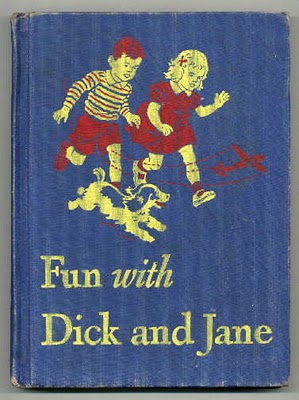
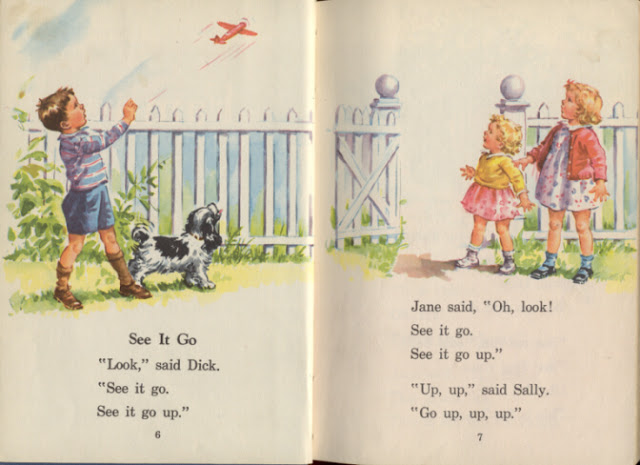
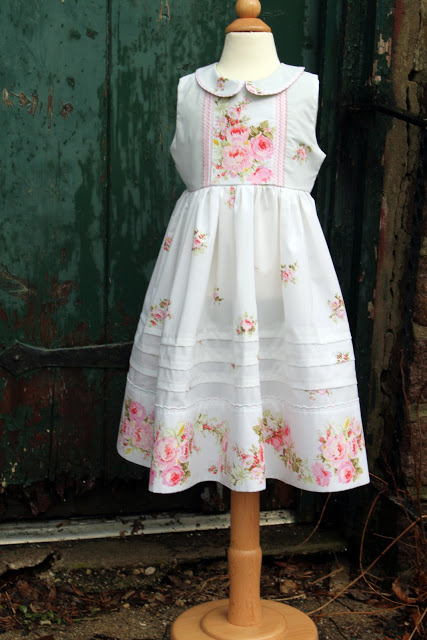


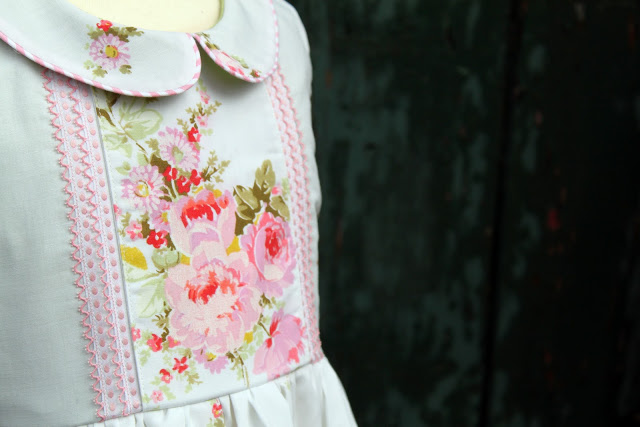
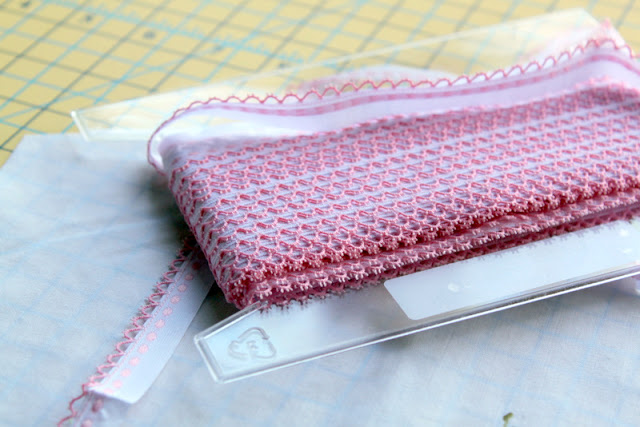
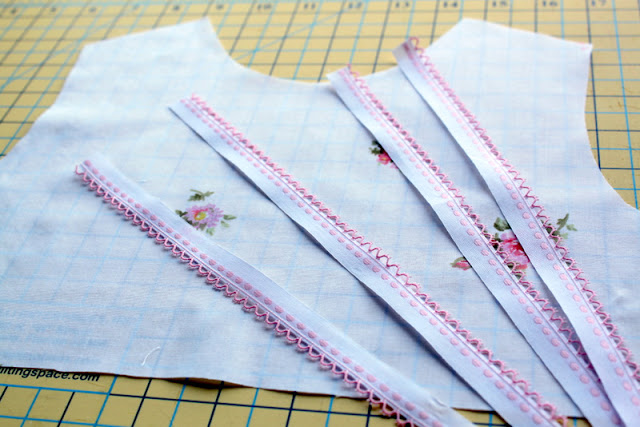



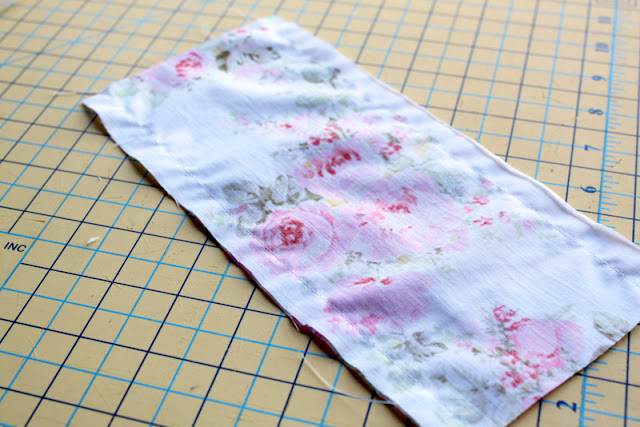
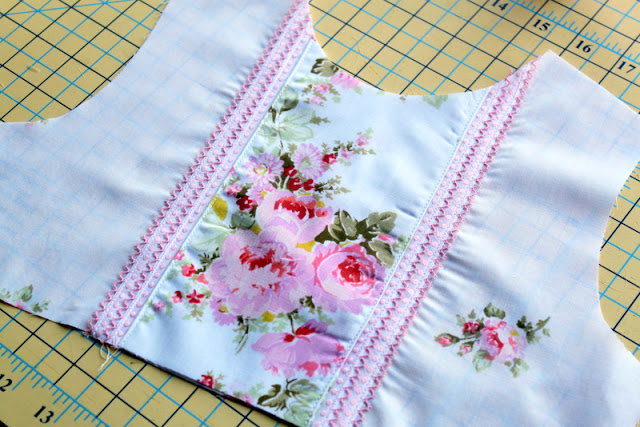
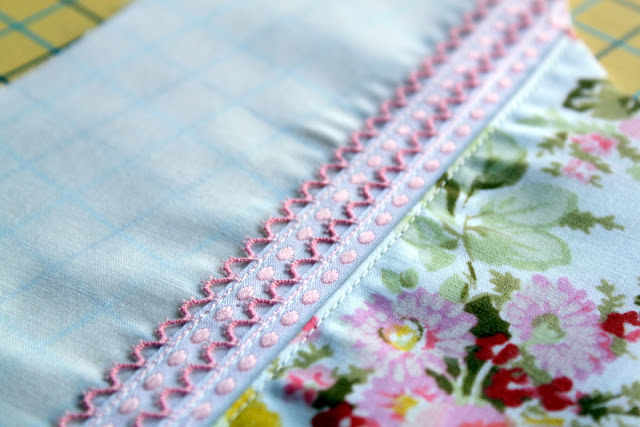

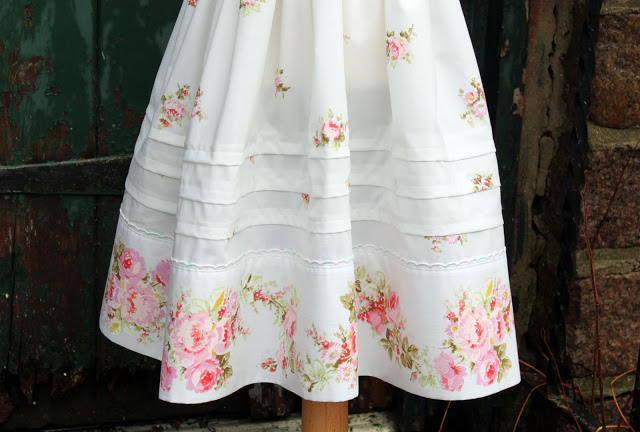


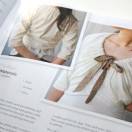
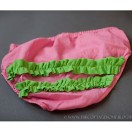
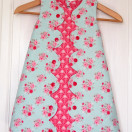

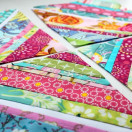
 Lindsay Wilkes is the owner and designer behind The Cottage Mama. She creates timeless, vintage inspired sewing patterns for children’s clothes. She is also a fabric designer for Riley Black Designers / Penny Rose Fabrics, author of the book ‘Sew Classic Clothes for Girls’ and can be seen teaching nationwide and online in her video series ‘Lessons with Lindsay’ sponsored by Baby Lock Sewing and Embroidery machines.
Lindsay Wilkes is the owner and designer behind The Cottage Mama. She creates timeless, vintage inspired sewing patterns for children’s clothes. She is also a fabric designer for Riley Black Designers / Penny Rose Fabrics, author of the book ‘Sew Classic Clothes for Girls’ and can be seen teaching nationwide and online in her video series ‘Lessons with Lindsay’ sponsored by Baby Lock Sewing and Embroidery machines.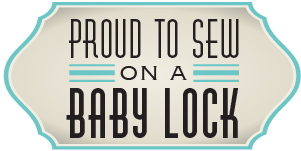


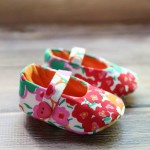

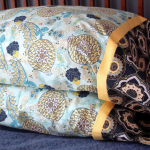
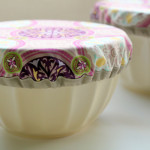
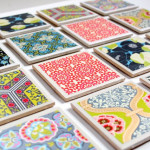
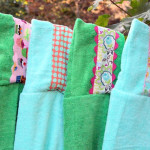
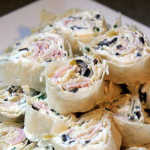




That is just beautiful! Thank you so much for all your wonderful tutorials!
~Kimberlee, http://www.TheSpunkyDiva.com
In the UK, Dick & Jane became Janet & John and I well remember wearing proper little girl’s dresses like this.
As a child I remember huge hems on my skirts so that they would last another Summer as I shot up. And I was always desperate for some rickrack braiding or else embroidered floral braiding but my mum was alway rather practical… until it came to smocking
You are so talented! Beautiful
Wow, that is one fabulous dress! I love the bodice. Thanks for showing us how you did it!
That is so beautiful! I love things with a retro look too!
This is beautiful! Thanks for the embellishment tips. I have the matching pillow cases
That is just the cutest dress. You did a fabulous job creating it. I had seen the post before but had to say it again.
Wow, this is such an adorable, sweet little dress!
I’m just checking out who’s going to the Quilt Market Meetup and found you! I hope we get to meet.
cheers!
What a beautiful dress, I love that now I have learned to sew I can make proper dresses for my little girl. I made a dress last month from ‘Vintage Style for Kids/Sewn with Love’ which was a full skirt in plain fabric but your tutorial has inspired me to maybe make it a little more beautiful with some trims on my next attempt.
My grandmother had these sheets. I loved them then and I LOVE them even more now as a little girls dress. I wish we still had them.
really lovely and thanks for the tutorial, even I can do that , I think
Oh wow! You really did a beautiful job with this dress!!! LOVE IT!
FWIW, I had Dick and Jane readers in my kindergarten class waaaayyyyy back (lol) in 1980!
Oh I just love that dress !!!
Swoon! I was raised by my grandmother and always loved how sweet the flour sack dresses her mom made looked. They may have been poor, but her mother always tried to make them something beautiful and sweet so they always felt like royalty. You have made a beautiful dress that brought back those memories and feelings I had as a young girl. I adore this dress.
I adore this dress. 
Whoa’ amazing post. It was well detailed and when I read and look this post I suddenly miss my niece. Anyways you did a great job. A lot of thanks for sharing.
Michelle
She indeed looks like an angel, eh. Love the dress. Sweet, innocent, fragile and feminine dress, eh. Love it!
Cheers,
Cathy@digitizing service
So beautiful, and I just realized that I have the same sheet in blue in my stash!
Just found this via Pinterest…I love how it turned out! It’s so charming and beautiful! Thanks for such a fantastic tutorial! =)
yes, this is great look! I like your blog.
Dear Linsay,
That may be a silly question, but how did you finish the skirt seam in the back? Did you open the print border? How dows that area near the seam and the bottom look like?
I just had to tell you that your work is beautiful and your directions so clear and precise. I am old enough to remember the Dick and Jane books, and my mother (bless her soul) made all my clothes all through school and even into adulthood. Her patterns were her own, but many ideas for trims and extras came from books and catalogs. Such sweet memories!